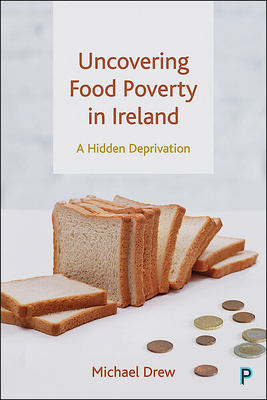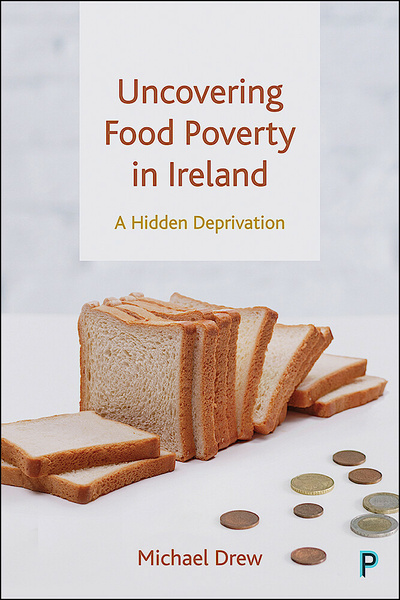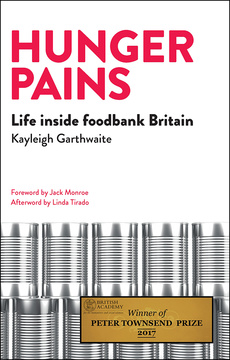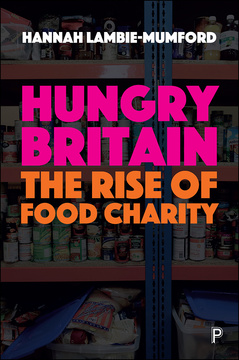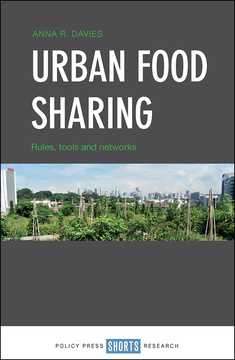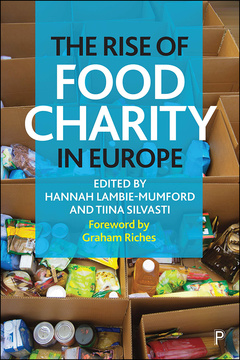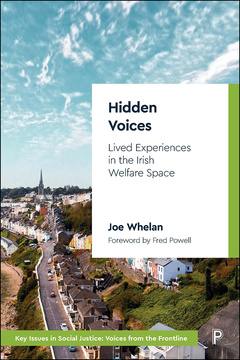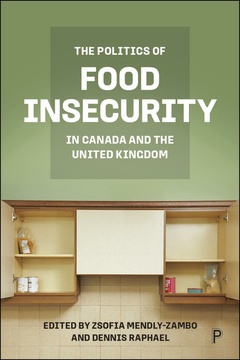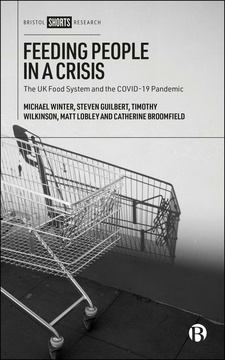Published
May 26, 2022Page count
216 pagesISBN
978-1447361534Dimensions
234 x 156 mmImprint
Policy PressPublished
May 26, 2022Page count
216 pagesISBN
978-1447361541Imprint
Policy PressPublished
May 26, 2022Page count
216 pagesISBN
978-1447361541Imprint
Policy PressMichael Drew’s review of the causes and effects of food poverty in Ireland offers the first full-length study of this significant and protracted issue that has been exacerbated by COVID-19.
The book brings together the complex picture emerging from interviews with users of food aid. Their pathways into and through food poverty are impacted by the policies and practices of government and employers with wide-ranging implications. The work explores the international landscape of food poverty and situates both experiences and responses in a comparative context. It considers how these results contribute to an understanding of the problem and what action should be taken.
"There is no reason why people should go hungry today, particularly in rich countries like Ireland. This book contains powerful evidence that deserves to be widely read and acted on." Karen Rowlingson, University of York and Chair of the Social Policy Association
“This book provides compelling evidence for the need for additional policies to be adopted to support households on lower incomes and address food poverty. It will be very useful for policy makers, academics and students interested in poverty and inequality in the Global North.“ Nessa Winston, University College Dublin
Michael Drew holds a PhD from the School of Social Policy, Social Work and Social Justice at University College Dublin, and has researched food poverty in Ireland over a five-year period. He has first-hand experience of the topic, having volunteered for many years with the Society of Saint Vincent de Paul, Ireland’s largest voluntary charitable organisation.
1. Introduction
2. An international perspective
3. Poverty and food: the Irish context
4. Interpreting the data
5. Pathways into food poverty
6. Pathways through food poverty
7. Investigating the policy drivers
8. Responses to food poverty
9. Conclusions







